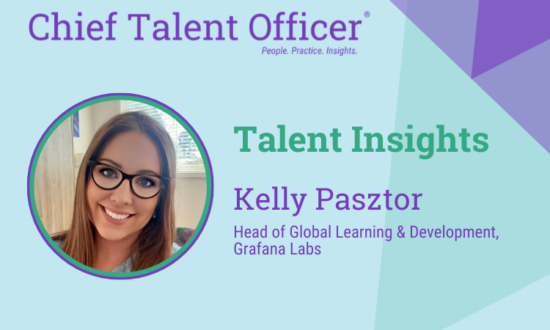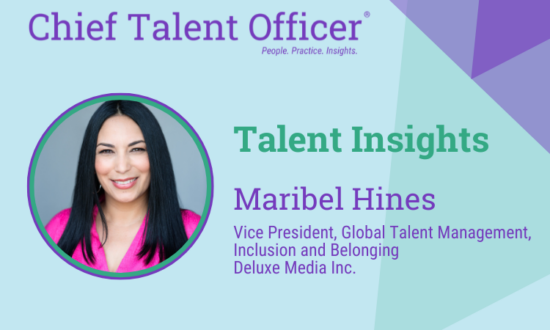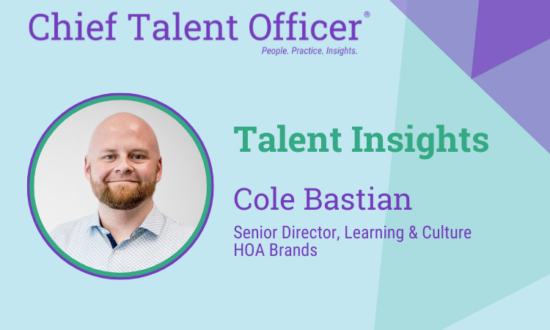If you were to poll the people you work with, how many would say they do not enjoy the idea of having difficult conversations? When delivering training on the topic of difficult conversations, I am generally faced with worry, uncertainty and a general disdain towards the idea. For many, they know when they need to have a difficult conversation, but it is the how that brings uncertainty.
Recently, we were doing a training on this topic and there were several interesting take-away’s that we felt needed to be shared for consideration. First, accountability is not punishment. When we are having a difficult conversation, we are essentially talking to someone about their behavior. We are expressing our thoughts around how their actions impacted us. However, simply having a conversation does not mean they are being punished. In fact, the reason we have these conversations is to prevent any escalation of the behaviors. If we can remove the notion that accountability or difficult conversations leads to a punishment, we can start to remove the worry or guilt some feel around bringing up the issues.
In Sam Silverstein’s “The Theory of Accountability,” he discusses a different viewpoint on the idea of difficult conversations and accountability.
“If we want to make accountability a daily reality in our life, in our team, and in our organization, we must change the way we think.” — Sam Silverstein
Second, difficult conversations should be focused on professional behavior, not personal behavior. Do we have to like everyone we work with? No. There are no work rules that say you must “like” everyone you work with. There are work rules that say you must treat each other with respect and be professional with your peers. When we are at work, our charge is to complete tasks that will move our organizations forward. Yes, we want to create environments where team members can be friendly, as we know this has many positive effects, but the goal is focused on us being able to accomplish work goals. With that, if you don’t “like” someone, then you need to figure it out with that person. The expectation is that we be professional and respectful. So, how can you accomplish your work goals in a professional and respectful manner? That is what should guide any difficult conversations.
“Life is like a camera. Just focus on what’s important.” — Dorothy Smith
Third, focus on what you want out of the relationship. This is where emotional intelligence and self-awareness are critical. We need to start with what we are specifically looking for in the behaviors or actions of others. It is important to remove the emotion from this. So, what is the problem and what do you feel some solutions are? What are you willing to commit to? What are you hopeful for in the working relationship? These are questions we want you to consider as the reality is that you cannot make someone change how they behave. If you are a leader, there are structural practices you can implement, but for many of us, we don’t have the ability to use those practices. As we approach these conversations, we must do so through the lens that we are sharing our perspective and that we would like to commit to improving the relationship collaboratively.
When we are dealing with conversations that contain emotion, we must remember that “you make you mad.” You are in control of how you respond to the actions of others. If you can manage your emotions, be specific in what you are wanting to talk about and do so in a neutral manner that supports the other person, then you are far more likely to see a successful outcome.
To summarize,
- Accountability is not punishment. When we have a difficult conversation, it is because someone has done something that had a negative impact on us. By bringing the topic forward, we are doing so seeking a common understanding on how we can move forward. This is not and does not need to be disciplinary.
- Keep it professional. If we accept that we don’t have to like everyone we work with, then we can remove that emotion. Make sure the discussion is on workplace matters. If it is personal, deal with it outside of work.
- “You make you mad!” Emotions can play a powerful role in how we interact with others. Often, emotions prevent us from doing what we know needs to be done. Take control of your emotions and don’t make it personal.
“We cannot solve our problems with the same thinking we used when we created them.” — Albert Einstein
To bring these strategies to life, let’s look at a recent example of a difficult conversation.
The dilemma: As a team member, I found myself in a challenging situation where a co-worker was consistently ignoring my calls and texts and leaving tasks that were uncompleted that ended up on my desk. I was carrying the responsibility of both my tasks and some of theirs. I could feel the strain it was putting on the team’s efficiency and my morale was starting to drop. After reflecting on the situation, I knew I needed to be strategic about my communication with this co-worker. I knew based on the book,“Crucial Conversations” by Kerry Patterson, that I had three options: Accept the behavior, change the environment or confront the behavior. I chose to confront the behavior.
Step 1: Reflect on the situation: Before I started the conversation, I took the time to think about the situation and what I wanted the outcome to be. What is the purpose for this conversation and how can we move on to be a better team? I needed to understand what was causing this dilemma in my co-worker’s behavior. Was it an overloaded schedule, personal challenges, a lack of awareness? Having this reflection sets the stage to come to the conversation with more empathy.
Step 2: Deliver the message: I reached out to the co-worker by sending an invite to their calendar. Remember that I have not been able to get ahold of them, but I can view when they are available so I knew I could schedule a quick check-in meeting. I wanted the space where we would meet to be a neutral zone, so we met at a coffee shop. I delivered the message by using “I” statements. I expressed my concern and observations without attributing any blame to anyone. This approach allowed the co-worker to share their perspective on the situation and we could come up with a mutually beneficial solution. During the conversation, I needed to listen to understand. I wanted to understand what my co-worker was going through and how I can help with any pressures they may be experiencing.
Step 3: Create a Win-Win resolution: Together, we were able to identify ways to address the challenges. This involved setting clear expectations on who should do what, since some of our job responsibilities overlapped. We came up with a solution to delays in responsiveness. It turned out my co-worker was not meaning to ignore my calls and texts, but they were so overwhelmed with personal and work tasks that my calls were getting shoved to the bottom. By involving my co-worker in the solution process, a commitment to change was established.
Step 4: On-going feedback and support: Post-conversation, I was able to check-in with my co-worker regularly and I did not have a long delay in response anymore. We have an ongoing dialogue to make sure nothing is slipping through the cracks on either end. Together, we support and help one another to come up with the best solutions and decide who should do what.
Dealing with this difficult conversation carried high emotions, especially since I was not my co-worker’s boss and the stakes were high that this conversation could have gone differently. I knew the team’s morale and productivity was in jeopardy if we did not get on the same page and weather the storm together. By approaching the conversation with empathy, reflection and a collaborative perspective, I was able to turn this challenging dilemma into one filled with growth and improvement.
















